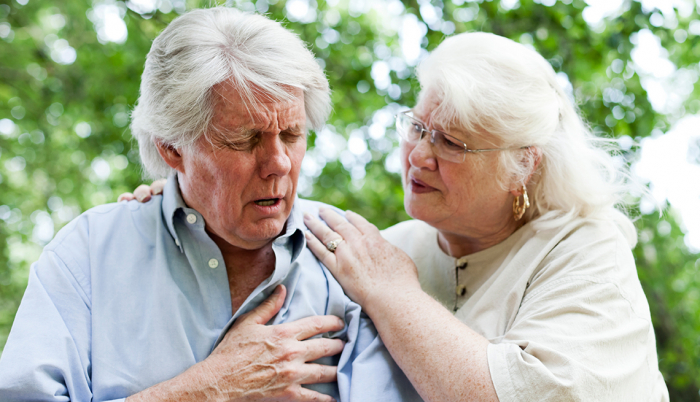The 52-year-old is one of 795,000 Americans who suffer from the life-threatening medical condition each year. In the UK, the figures are less, with roughly 100,000 strokes occurring annually.
Strokes affect the brain and are one of the leading causes of death around the world.
There are different types and recovery length depends on the severity of the attack, though roughly one in eight people will die within 30 days of having a stroke, according to Stroke Association, the UK's leading stroke charity.
The sooner someone receives treatment, the less the brain will be damaged.
Read on for everything you need to know about strokes, from how to recognise the symptoms to what the different types are.
What is a stroke?
Described by the UK's Stroke Association as a “brain attack”, a stroke happens when the blood supply to the brain is cut off.
This prevents key nutrients and oxygen from getting to the brain, causing severe damage to the brain cells, which can impair a person’s speech and the way they move and think.
What are the different types of stroke?
There are three types of stroke.
Ischaemic strokes, which are most common, occur when an artery that supplies blood to your brain becomes blocked by a blood clot.
The blood clots usually form in areas where the arteries have become narrowed over time due to a buildup of fatty deposits; this process is known as atherosclerosis.
Haemorrhagic strokes happen when there is bleeding in or around the brain caused by a blood vessel rupturing. This kills all of the surrounding brain cells.
The third type, according to the British Heart Foundation, is a mini-stroke, which is caused by a brief reduction in blood supply to part of the brain. These kinds of stokes, sometimes referred to as transient ischaemic attacks, shouldn’t cause permanent damage to the brain, and most symptoms should pass within 24 hours.
What causes a stroke?
For ischaemic strokes, which are caused by narrowing arteries, certain things such as smoking, obesity, diabetes, excessive alcohol consumption and high cholesterol can be triggers.
Arteries naturally narrow as you get older, so elderly people are also more at risk.
The main causes for haemorrhagic strokes, which are less common, are stress, lack of exercise, obesity and smoking.
How to spot someone is having a stroke
The symptoms for a stroke depend on the person and the type of stroke, though the NHS uses the F.A.S.T acronym to list the main signs as:
- Face – the face may have dropped on one side, the person may not be able to smile, or their mouth or eye may have drooped.
- Arms – the person with suspected stroke may not be able to lift both arms and keep them there because of weakness or numbness in one arm.
- Speech – their speech may be slurred or garbled, or the person may not be able to talk at all despite appearing to be awake.
- Time – it's time to dial 999 immediately if you notice any of these signs or symptoms.
If you suspect you or someone else is having a stroke, the NHS advises phoning 999 immediately and asking for an ambulance.
What happens after someone has had a stroke?
Recovery from a stroke will vary depending on how much damage the brain has injured.
Some people will recover quickly, but others will need long-term support from a range of specialists, such as language therapists, dietitians, physiotherapists and psychologists.
After a stroke, a person's cognitive functions (communication, spatial awarenesses, memory and concentration) can be severely compromised, and in these instances, a rehabilitation plan will be created to help a person recover fully.
Strokes can also cause weakness in the body and, in some cases, paralysis. Physiotherapy will be prescribed if this is the case and a care worker may also be provided.
Other issues that may arise after a stroke include: vision problems, bladder issues, difficulty swallowing.
Mental health issues, such as depression and anxiety, may also arise after a stroke.
The Independent
More about: stroke
















































